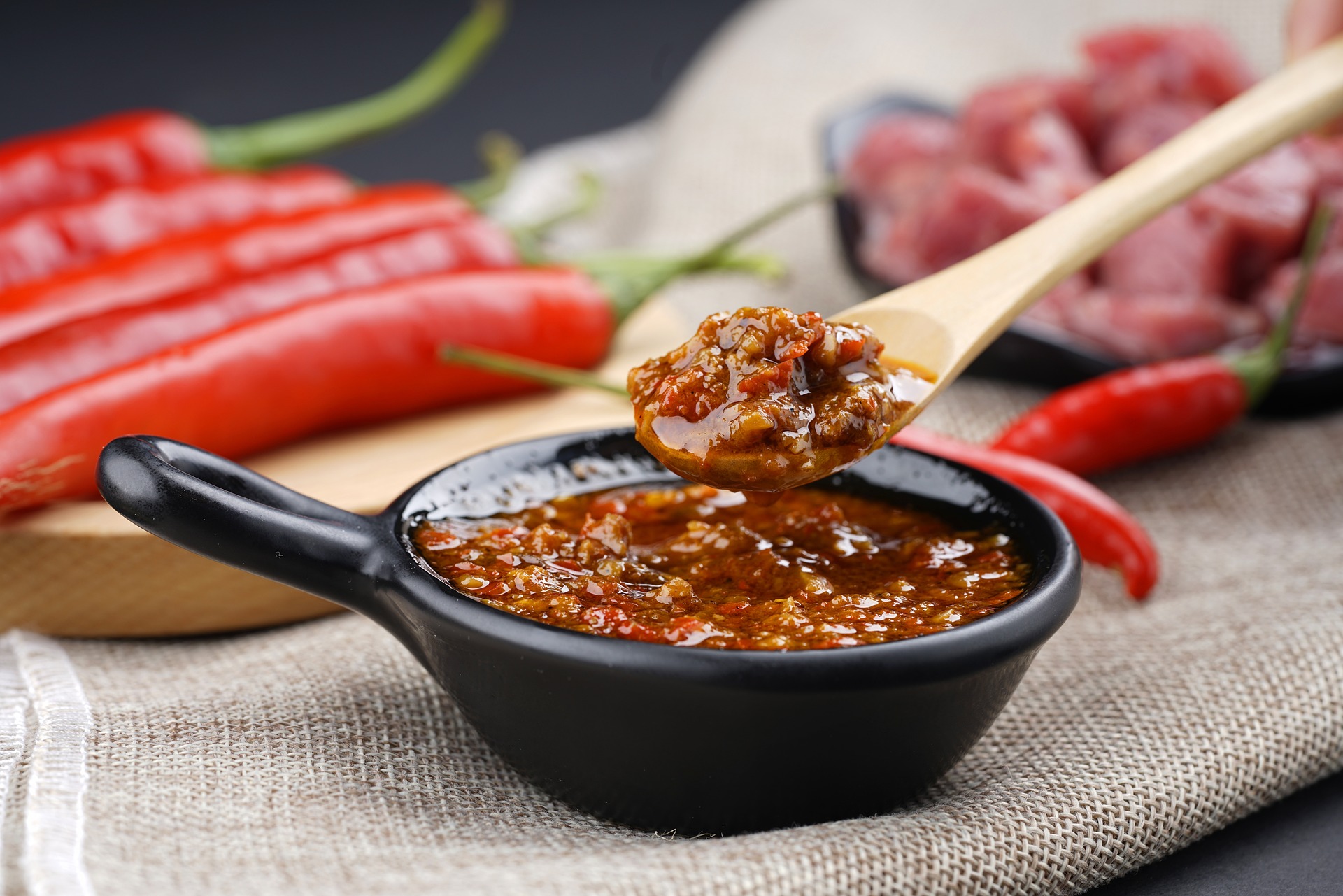Spice Up Your Life: A Guide to Homemade Hot Sauce
Craving a fiery kick to elevate your meals? Dive into the world of homemade hot sauces and discover how easy it is to create tongue-tingling flavors right in your kitchen. From mild and tangy to scorching hot, we'll explore the secrets to crafting your perfect blend.
The Basics of Hot Sauce Alchemy
Creating hot sauce at home is simpler than you might think. The key ingredients are peppers, vinegar, and salt, but the possibilities for customization are endless. Start with fresh peppers of your choice – jalapeños for a milder sauce or habaneros for serious heat. Remove the stems and roughly chop the peppers. In a saucepan, combine the peppers with vinegar (white or apple cider work well) and a pinch of salt. Simmer the mixture for about 15 minutes, then blend until smooth. Strain if desired, and voila – your base hot sauce is ready!
Flavor Profiles: Beyond the Burn
While heat is the star of hot sauce, developing complex flavor profiles can take your creation from good to extraordinary. Experiment with adding roasted garlic, onions, or carrots for depth. Fruits like mango or pineapple can introduce a sweet counterpoint to the heat. For a smoky twist, try incorporating chipotle peppers or a dash of liquid smoke. Don’t forget about herbs and spices – cilantro, cumin, or even cinnamon can add intriguing layers to your sauce.
Fermentation: The Secret Weapon
For hot sauce enthusiasts looking to take their craft to the next level, fermentation is a game-changer. This process not only enhances flavors but also increases the sauce’s shelf life. To ferment, combine chopped peppers with salt (about 2-3% of the pepper weight) in a clean jar. Ensure the peppers are submerged in their own brine, cover with a cloth, and let sit at room temperature for 1-2 weeks. The result? A complex, tangy flavor that’s hard to beat.
Safety First: Handling Hot Peppers
When working with hot peppers, safety is paramount. Always wear gloves to protect your skin from capsaicin, the compound responsible for the peppers’ heat. Avoid touching your face or eyes while handling peppers. If you’re working with extremely hot varieties like ghost peppers or Carolina Reapers, consider wearing goggles and a mask to protect against fumes. After preparing your sauce, thoroughly clean all utensils and surfaces to prevent accidental spice encounters.
Bottling and Preserving Your Liquid Gold
Once you’ve crafted your perfect hot sauce, proper storage is key to maintaining its quality. Use sterilized glass bottles with airtight lids. If you’re not using a fermentation method, you may need to add extra vinegar or citric acid to ensure a safe pH level for preservation. Store your sauce in the refrigerator for the best flavor and longest shelf life. With proper care, homemade hot sauces can last for months, allowing you to enjoy your spicy creation on everything from eggs to pizza.
Tips & Fun Ideas
• Experiment with different pepper combinations for unique heat levels and flavors. • Try infusing your vinegar with herbs or spices before using it in your sauce. • Create a signature hot sauce as a personalized gift for friends and family. • Host a hot sauce tasting party, featuring your creations alongside store-bought varieties. • Use your homemade hot sauce as a marinade base for grilled meats or vegetables. • Incorporate seasonal ingredients like pumpkin or cranberries for limited-edition sauces.
Crafting your own hot sauce is a thrilling culinary adventure that allows for endless creativity and personalization. Whether you’re aiming for a mild, everyday condiment or a face-melting challenge sauce, the process of making hot sauce at home connects you deeply with your food and flavors. So grab those peppers, fire up your stove, and get ready to spice up your culinary world – one drop at a time!





